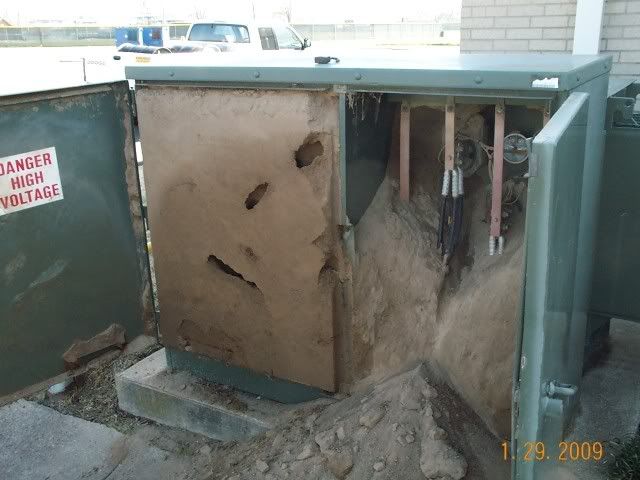Specified a medium voltage transformer (13.2KV to 480) and the vendor asked if it should be a live front or a dead front.
I didn't know that was an option on xformers.
Every transformer I've seen has locked doors on the front that prevent access to the high and low voltage connections. Open one door, and the low voltage connections are accessible. Open another door and the High voltage connections are accessible. Does that make it a dead front, or a live front??
I didn't know that was an option on xformers.
Every transformer I've seen has locked doors on the front that prevent access to the high and low voltage connections. Open one door, and the low voltage connections are accessible. Open another door and the High voltage connections are accessible. Does that make it a dead front, or a live front??

